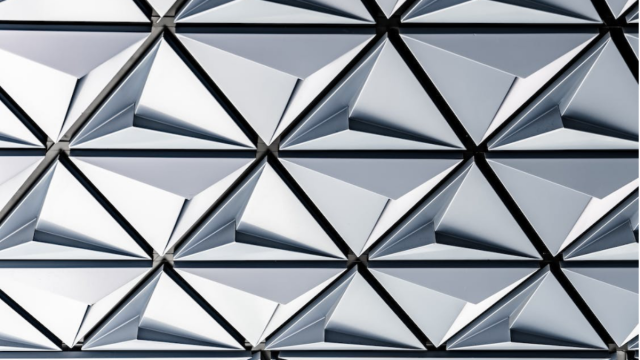Stock images are a great way to add flair to your designs. As a graphic designer, having access to stock images can help you a lot in your work. While there are some platforms that sell premium stock images, there are some amazing free alternatives as well.
However, there are certain rules for incorporating stock images in your designs. As a graphic designer, your utmost priority should be to produce designs that catch the eye, and for this purpose, you need to understand those rules.
Following are some tips to help you incorporate stock images in your designs:
Use the right images:
Contents
You cannot use an ill-fitting image in your design and expect it to work. You need to find images that suit the design you have in mind.
Moreover, you need the image to be of the right size so it fits well with your design. So, choose your stock photos wisely.
Ensure structural consistency:
Images come in different sizes, but as a graphic designer, it is your job to ensure they all blend seamlessly for a consistent outcome. There are various ways of doing this. You can use frames to ensure all images are cropped around the same orientation.
Frames can do this automatically, so this is a time-efficient way of doing the job as they allow you to drag and drop images simply. You can get rounded or squared frames – your pick depends on the theme of your design. Alternatively, you can use both frames to create a unique blend.
Blend in the colors:
Images can sometimes look out of place. This is because the colors do not align with one another. Sometimes the slightest difference in shades can make the image stand out. This causes the design to look unrefined.
Therefore, you can add color filters to your images to ensure the colors blend together. If you are using a tool like Venngage, you can do this in less than a minute. Another advantage of color filters is that they allow you to make your design readable because an image that is too loud can overshadow the text.
Use borders:
Borders are useful for highlighting the image if you use it in the foreground. They draw attention to the image besides giving it an aesthetic edge. If your design is text-heavy, you can use borders to give it a balanced weight as well.
Moreover, borders can also be used to add a pop of color to your design, thus making the element stand out and adding a creative flair. Various tools allow you to use shapes or patterns to add borders to give your design a distinctive touch.
Ensure color consistency:
While you can add a color filter to make the image blend in if it looks out of place, you cannot justify using an image that does not go with your design’s color palette. On the contrary, you need your design to be consistent when it comes to colors.
So, if you already have a design in mind and have chosen its colors, you need to look for an image that features the same colors. Not only does this look aesthetically appealing, but it also gives a uniform look to your design.
Use the image as the foundation:
If you are not using a template but creating your design from scratch, you need to use the image as a foundation. This means that the elements of your design should cater to the spacing of the image.
For example, a diagonal image would sometimes require the elements to be diagonally aligned as well. Besides, you need to ensure that the design caters to the theme of the image. So, rather than imposing your design on the image, build on it bit by bit.
Embrace minimalism:
You can add a subtle touch to your design by keeping it discreet and minimal. This is especially true for stock images that are used as background images. In that case, you need to opt for images that have patterns drawn in light tones or little to minimal patterns.
Minimalism allows you to say more with less. It also gives you a modern and refreshing look for your design. Sometimes keeping the design minimal is better than making it loud and filled.
Avoid cluttering:
Many people use the available space to fit in as many elements and text as possible. This not only makes your design difficult to read but also looks aesthetically unattractive. Modern design is all about striking a balance between positive and negative space.
So, allow negative space to give your design a better feel and ensure good spacing between elements for better readability and understanding. Furthermore, you can use negative spaces to highlight solid shapes for a more balanced design.
Overall consistency:
We highlighted the significance of ensuring the consistency of colors earlier in this article; you need to ensure that your design is consistent across pages if your project involves multiple pages in a flow. This is particularly true for small booklets or flyers.
Therefore, using similar images across multiple pages can allow all your designs to look consistent and coherent. Some stock image platforms suggest similar images once you open one of them. This can reduce the time spent finding the right images, and their algorithms can also show you precise results.
Conclusion:
Using the right images, ensuring structural consistency, blending in the colors, using borders, ensuring color consistency, using the image as the foundation, embracing minimalism, avoiding cluttering, and maintaining consistency across multi-page designs can help you produce professional and refined work. As a graphic designer, you must take these tips seriously for a better outcome.


